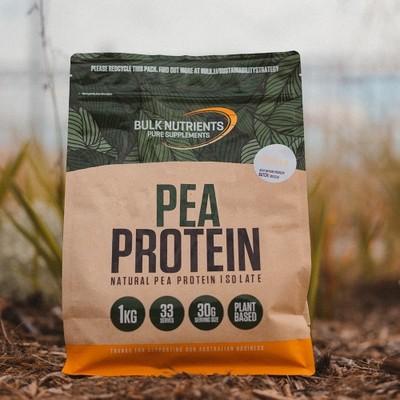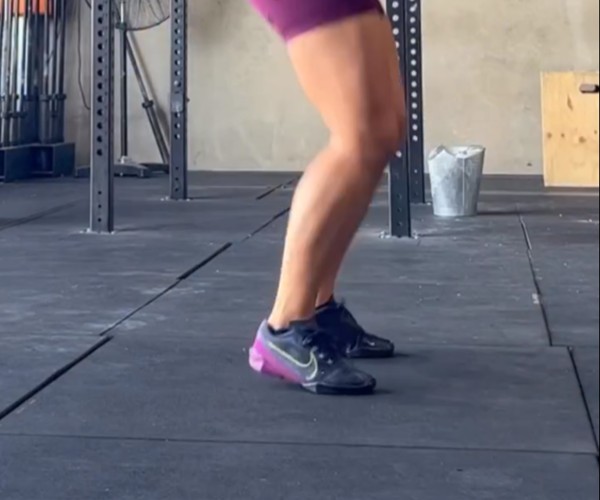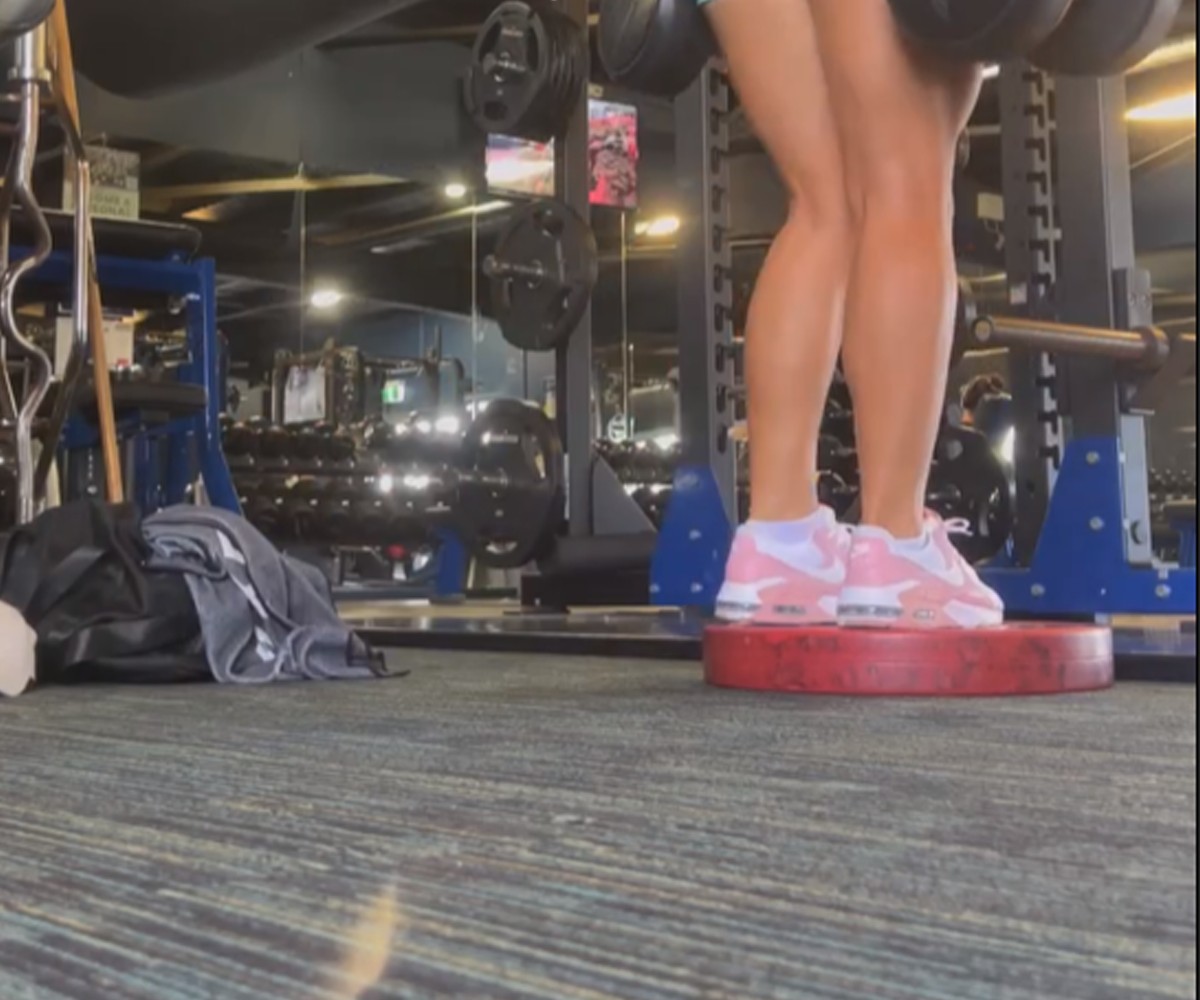
The Ultimate Guide to Pea Protein
Posted by Nick Telesca
Estimated reading time: 11 minutes

Let's start with a home truth: One of the first reasons calves don't grow as much as other muscles are because people don't train them as hard.
Lifters say they're going to the gym to train "chest." They spend 60-90 minutes hitting their pecs from every conceivable angle. But how many times have you heard people say they're going to the gym to train calves?
Calve training for many consists of 2-3 sets at the end of a leg workout, which just isn't the same thing! That's one of the main reasons your calves don't grow.
The other reason, as hypothesised by researcher Lyle Mcdonald, is the limited androgen receptors that might be in your calves. And a look at the literature suggests this may be the case; research does in fact suggest there are more androgen receptors in the neck than in the limbs (upper body vs lower). Androgen receptors are what testosterone and related molecules cling to, with one of the effects being to generate protein synthesis.
So without as many androgen receptors in your calves, it's harder to grow muscle.
So, if your calves aren't where you want them to be, then assume this is you! It just means you need to know how to train them as best as possible.
Performing exercises with a bent knee (like seated calves raises) work the soleus more. And because the gastrocnemius crosses your knee, when you bend it on certain exercises, you basically take it out of the lift. But standing (straight-legged) calve exercises work BOTH muscles.
To work your soleus: perform seated (or bent-knee) exercises (seated calf raise)
To work your gastrocnemius: perform standing (straight-legged) exercises (standing calf raise)
The other important thing to note is muscle fibre type your calves are:
Knowing that the large gastrocnemius muscle is a type 2 fibre type gives us lots of direction; research suggests they respond better to heavier weight.
And most people in the gym don't train this muscle properly! How many times have you seen people stacking up the standing calf raise, and bouncing away like a ball?
They're not really working their calves at all.

And this is because they are utilising the ability of their elastic tissue, which can stock and recoil energy. So, they are simply activating their elastic tissue when training and NOT working the muscles of the calf.
So, the solution? Hold the peak contraction during your calve exercises, and really make sure your calves are being worked!
Specifically, start after 1 second of a pause, and explode up with the weight, squeeze for 1-2 seconds at the top, and return to the starting position over 3 seconds.
A calf training workout to make them grow faster
Like every muscle group you train, make sure you're adding more weight to the bar over time for more muscle growth.
The bottom line is that three things can stop your calves from growing: people don't train them as hard, you might have limited androgen receptors in them, and people bounce up and down instead of squeezing and contracting with an appropriate tempo.
By understanding that the gastrocnemius is a type 2 muscle fibre type that responds better to heavier weight, and that bouncing doesn't utilise the muscle, we can now train them more effectively for hopefully better growth!

Like many, Dayne was once desperate to lose weight and get into shape. But everyone he asked, everything he read, lead to the same place... nowhere.
His journey started there - researching science journals and completing a Sports Nutrition Specialist qualification so he could make weight loss easier.
With over 700 recipes and articles, the Bulk Nutrients Blog has something for everyone! Find a new workout, meet our ambassadors or take a deep dive into our products today.
We're an Australian manufacturer and supplier of high quality sports supplements.
Operating since 2008, Bulk Nutrients has become one of the premier Australian brands to supply nutritional products to top level athletes, competitors and those on a journey to a healthier lifestyle.
One thing that sets Bulk Nutrients apart is that we love to talk to our customers!
Whether you need product advice, help with the website or need a change made to your order... call us on +61 3 6266 4725.
If you prefer email you can email us day or night at info@bulknutrients.com.au
For online chat, hit the 'Chat' button in the bottom right hand corner of your screen and you'll be connected to one of our lovely customer service team.
Or if you'd like to get in touch through our online contact form, that's cool too!
Terms & ConditionsSustainability StrategyPrivacy PolicyPayment InformationSitemap
All prices are in Australian dollars (AUD) and include GST unless otherwise stated.
All content copyright © Bulk Nutrients 2008 - 2024